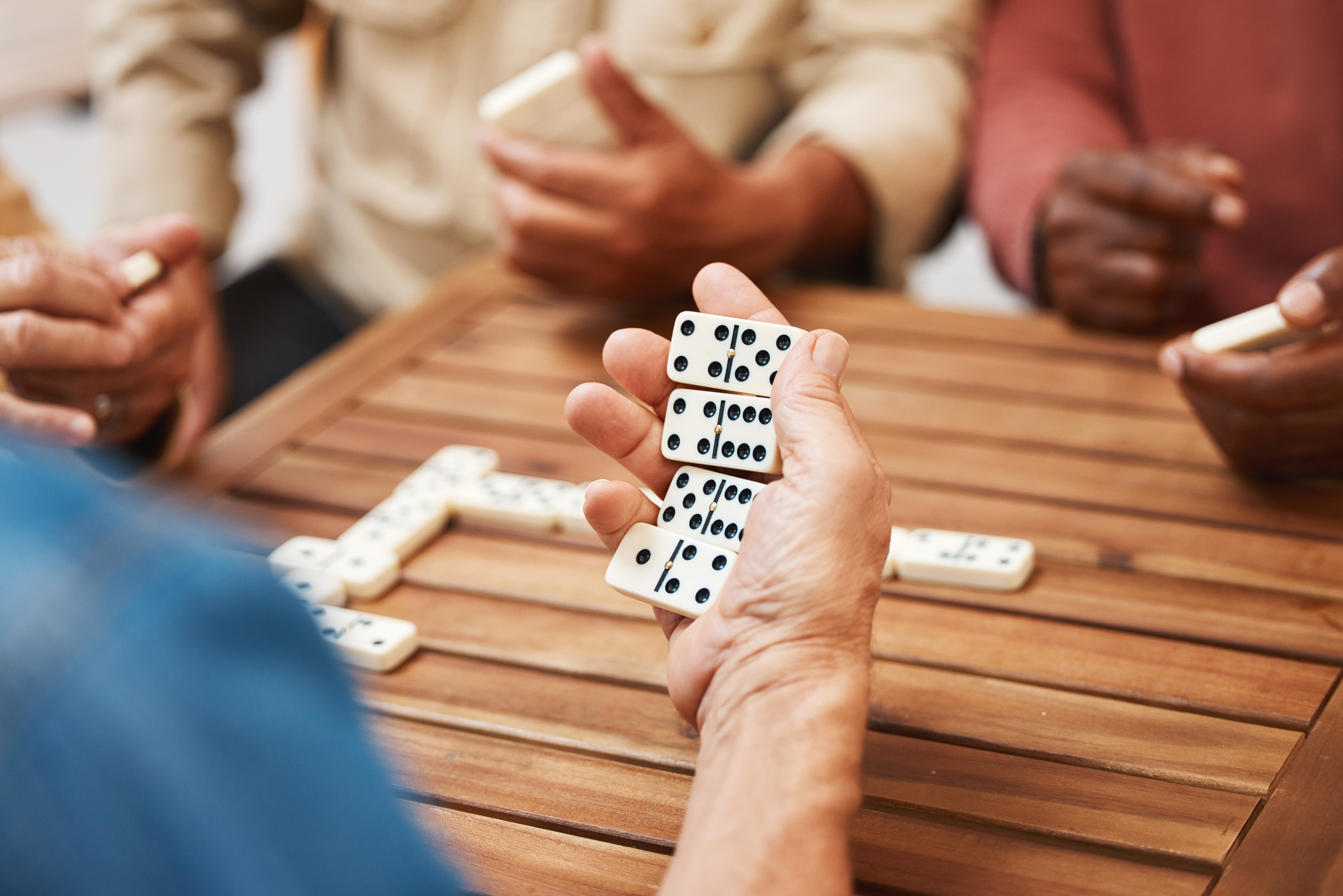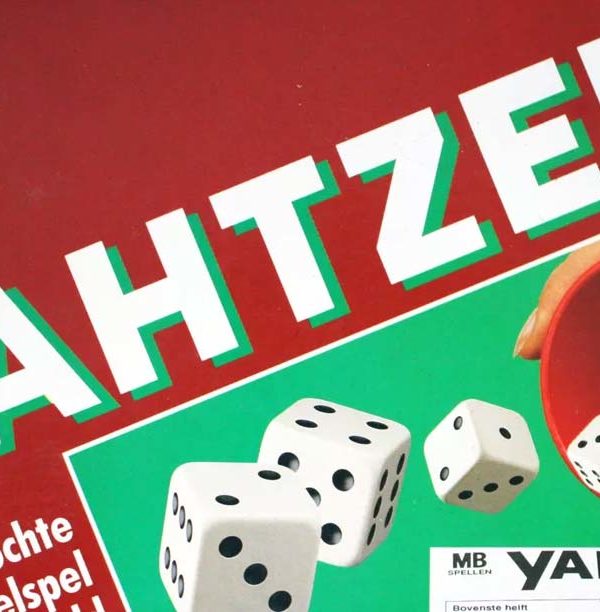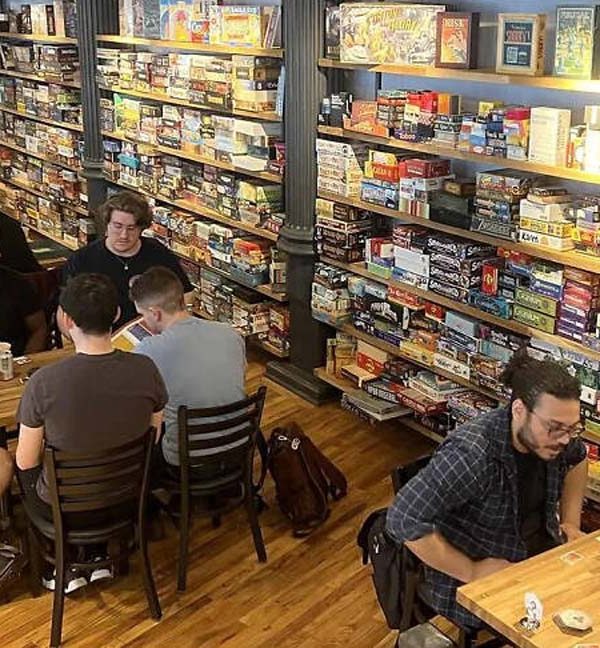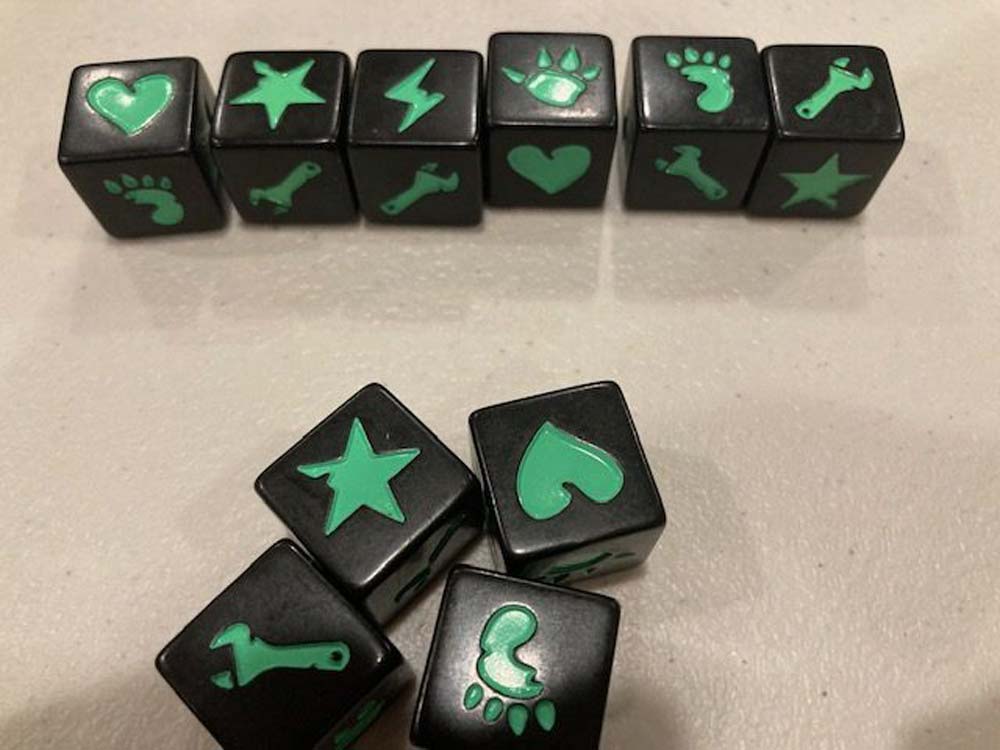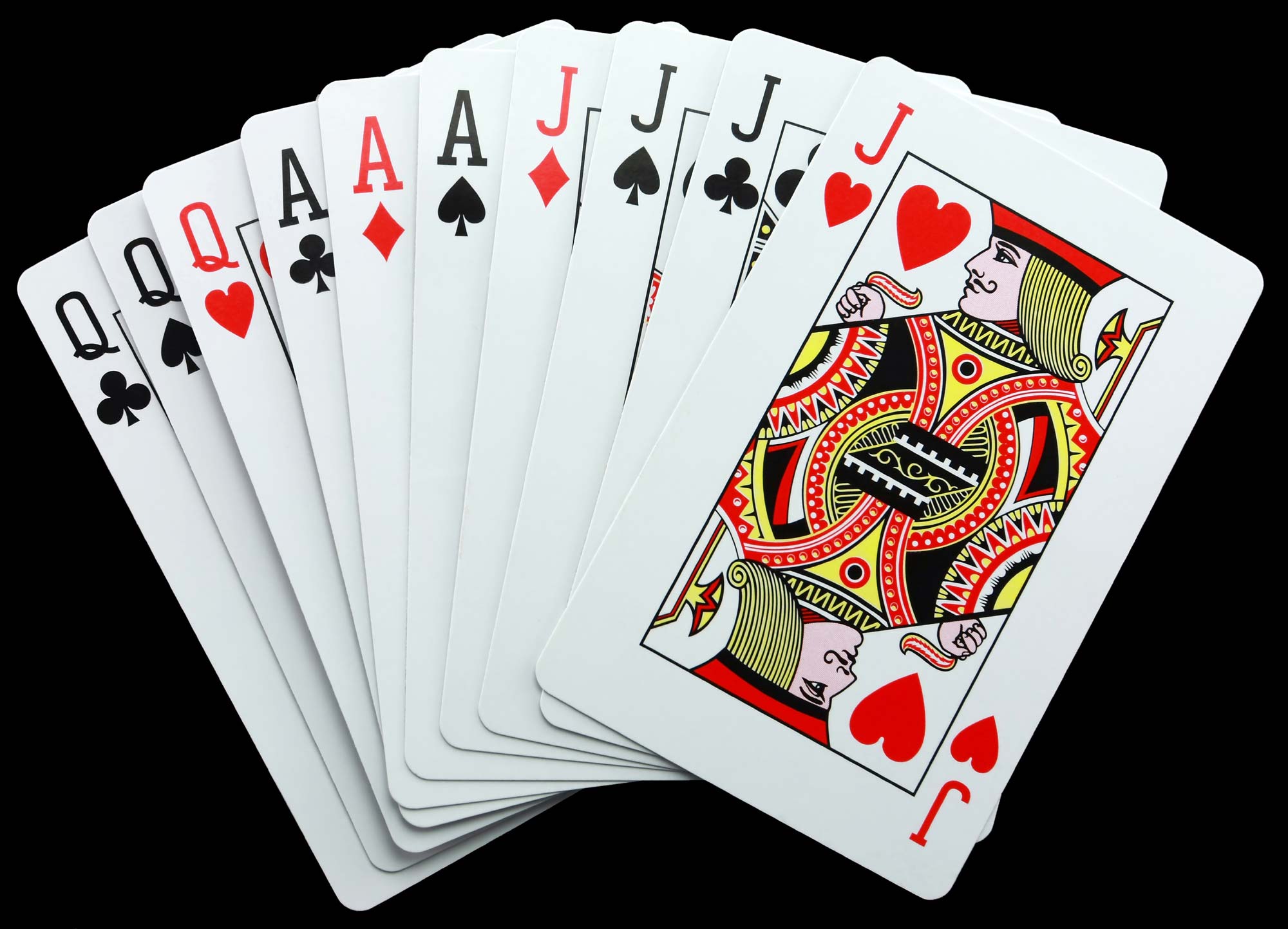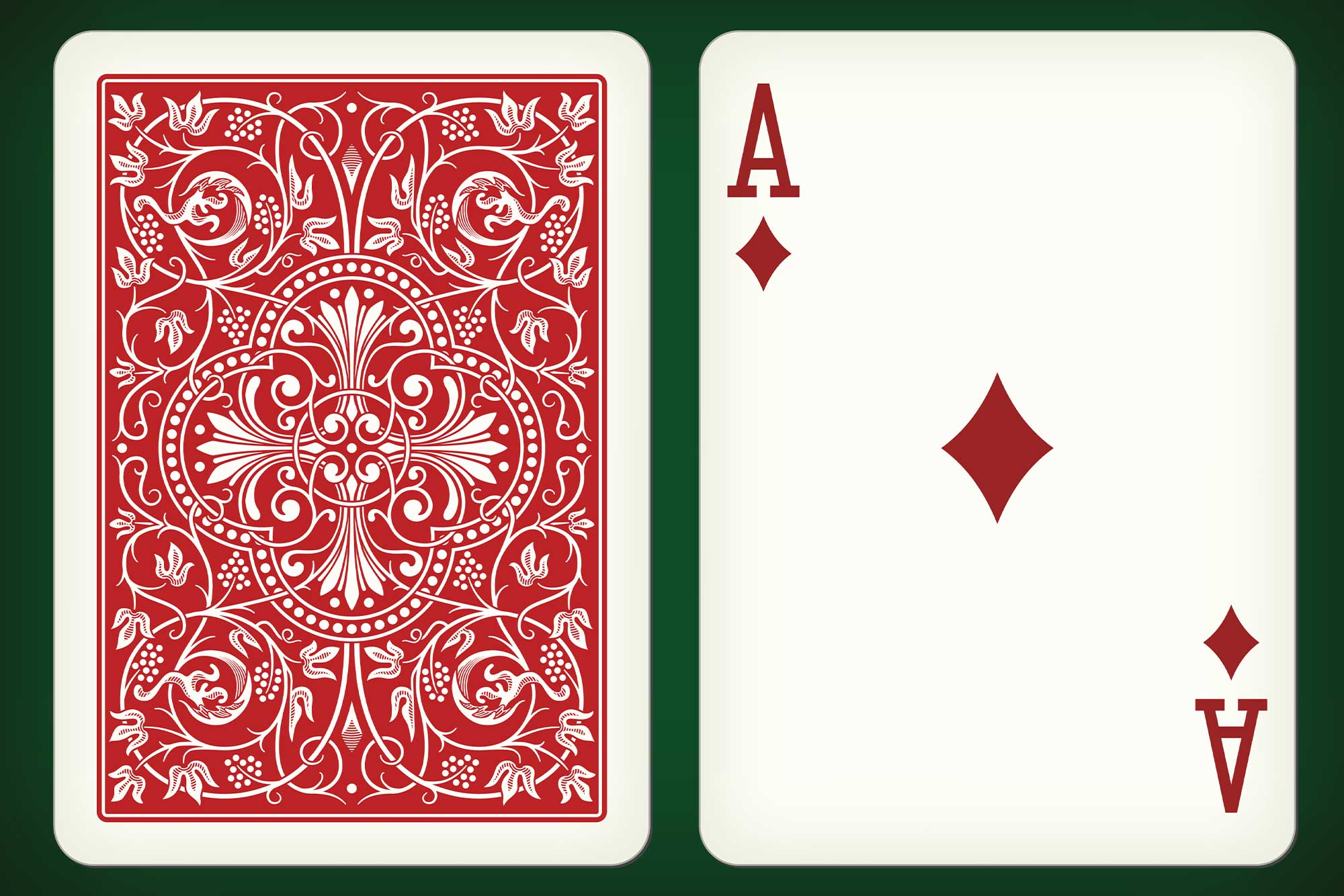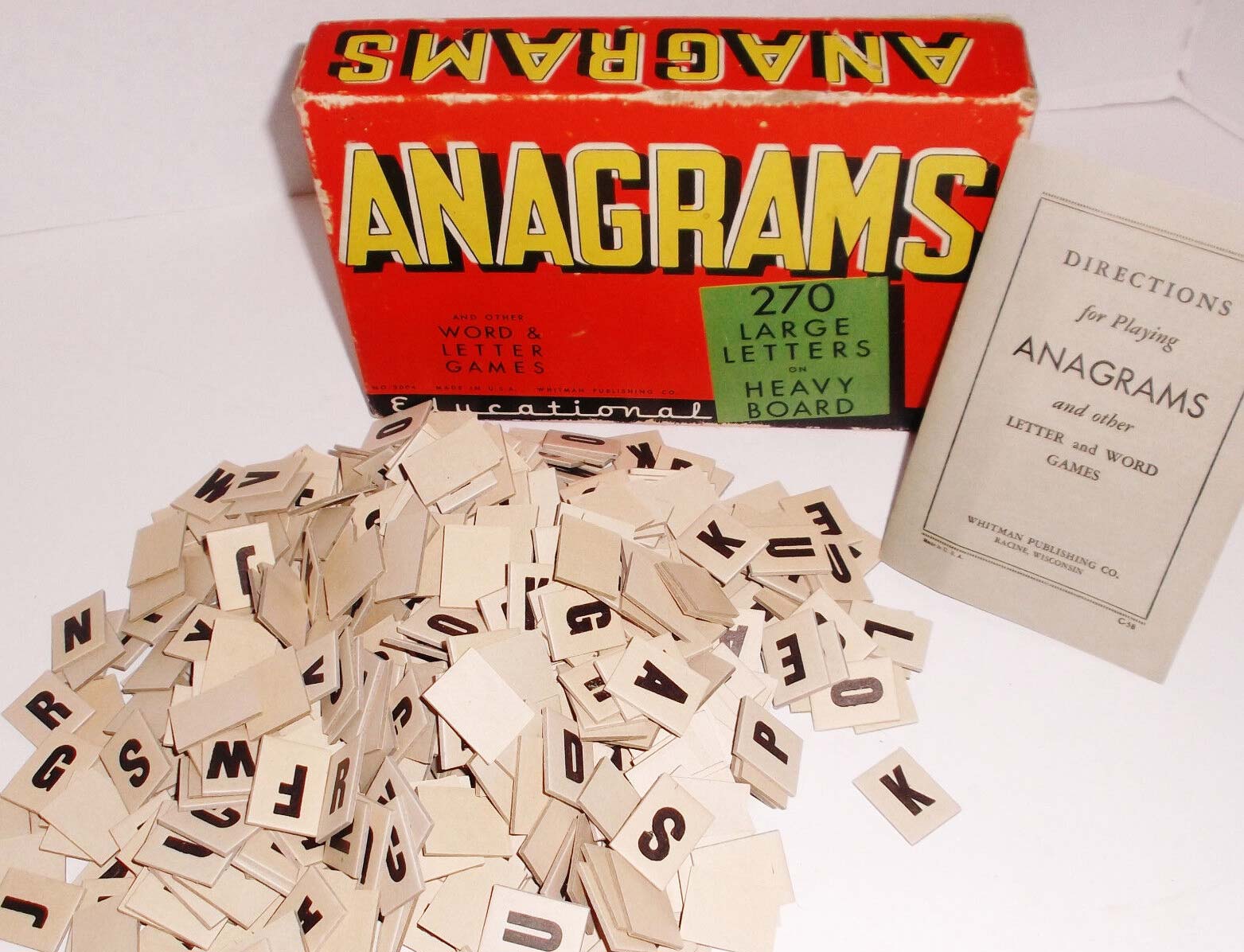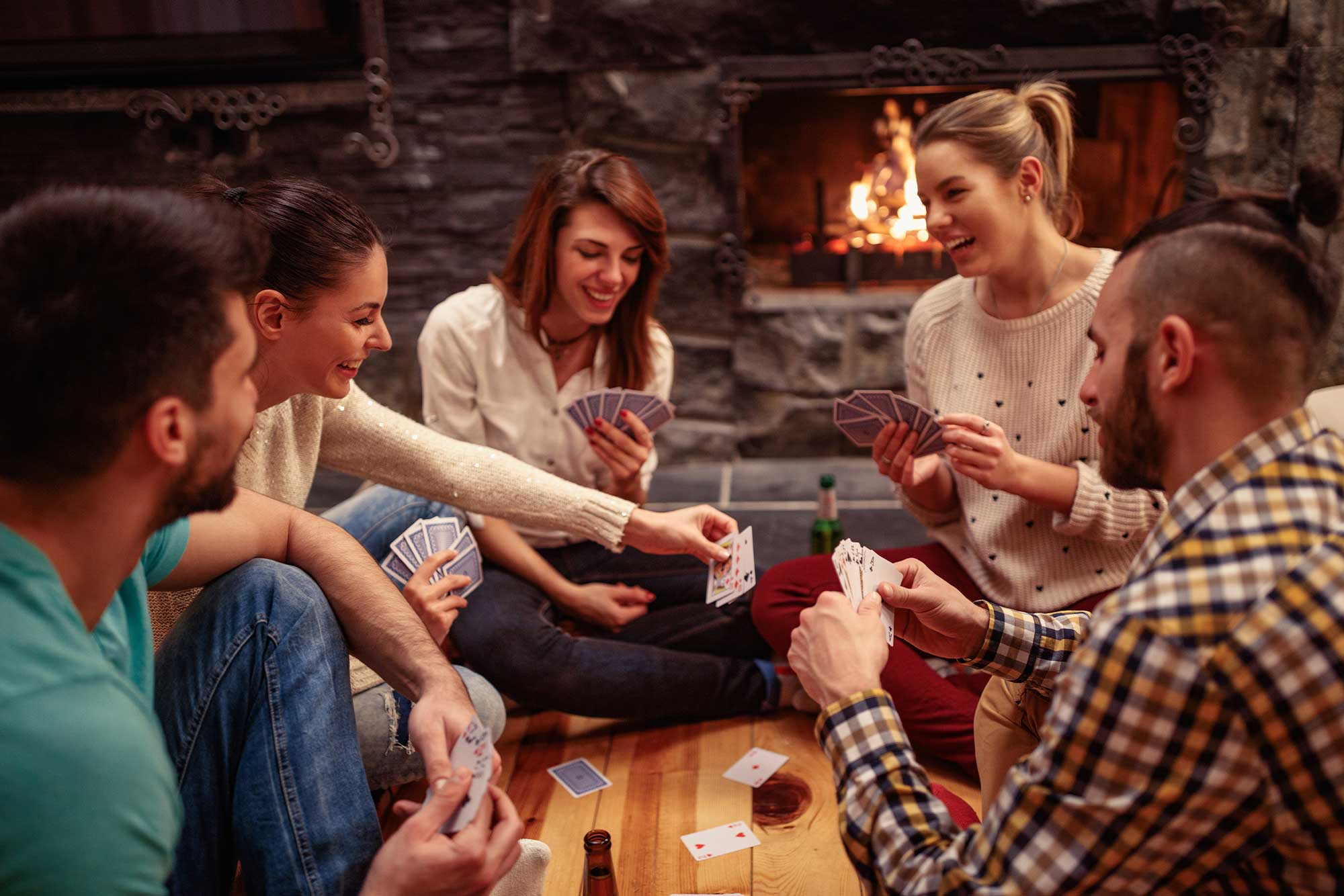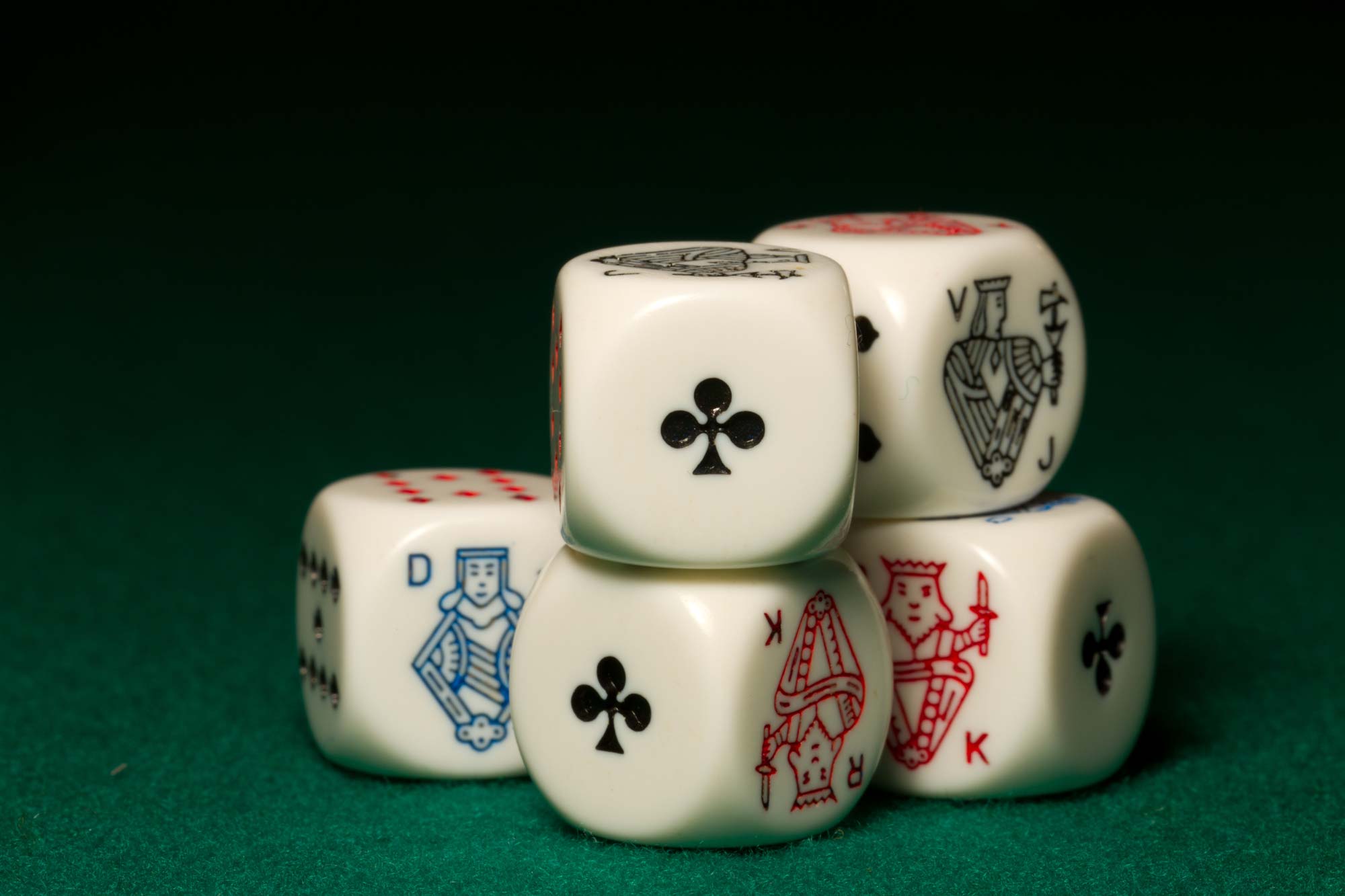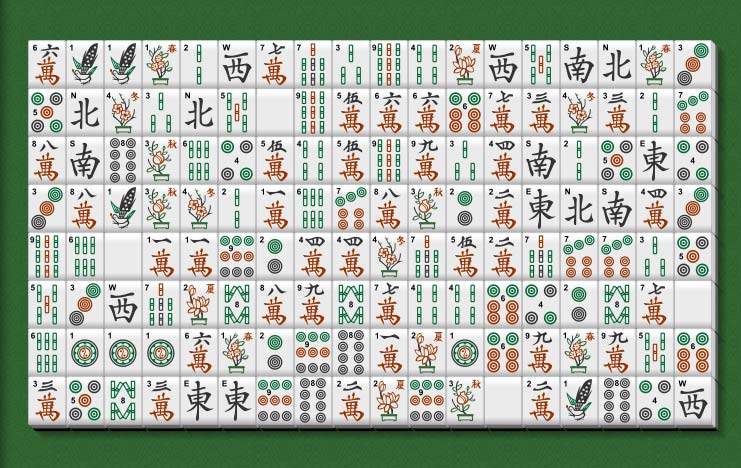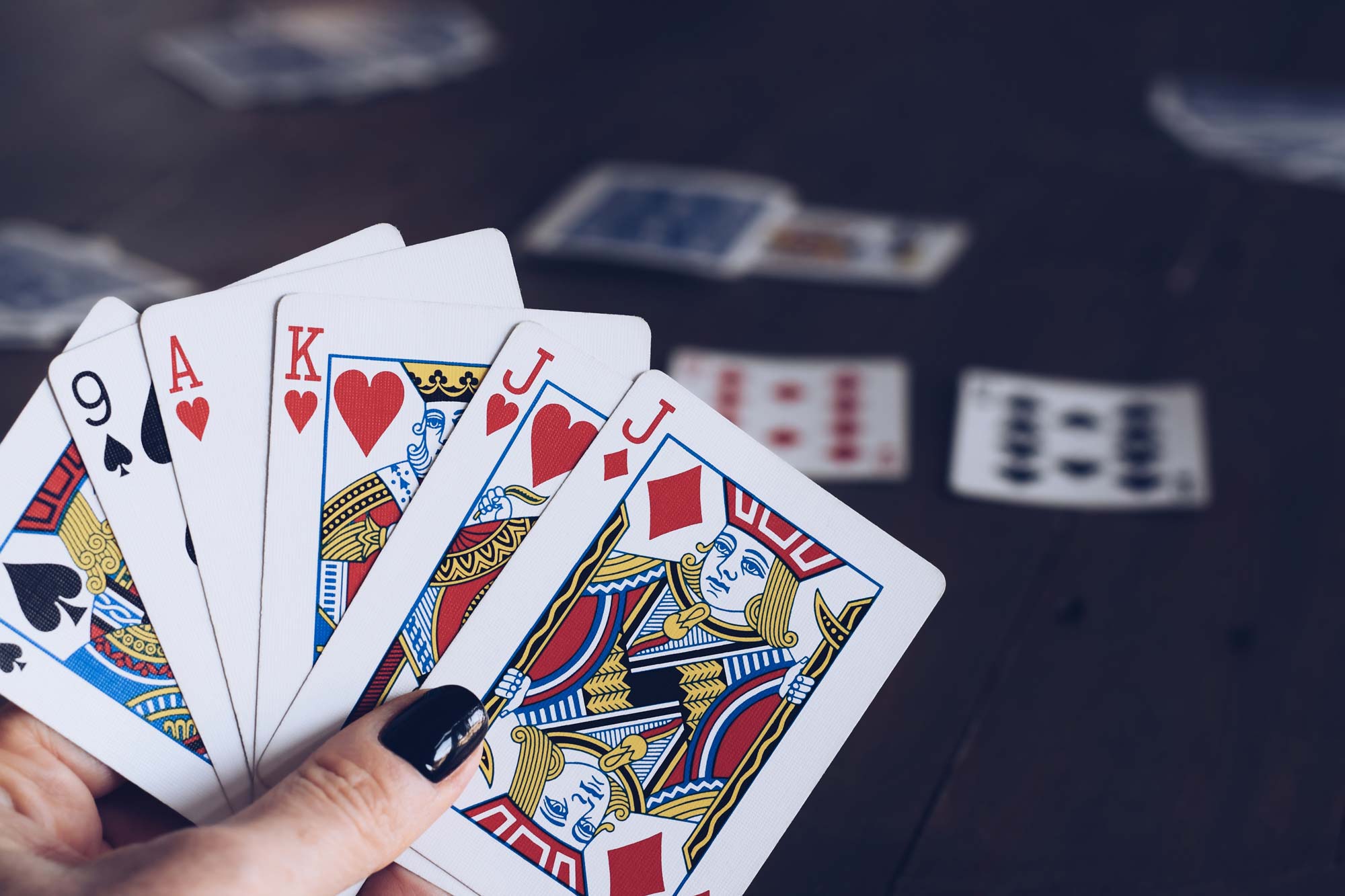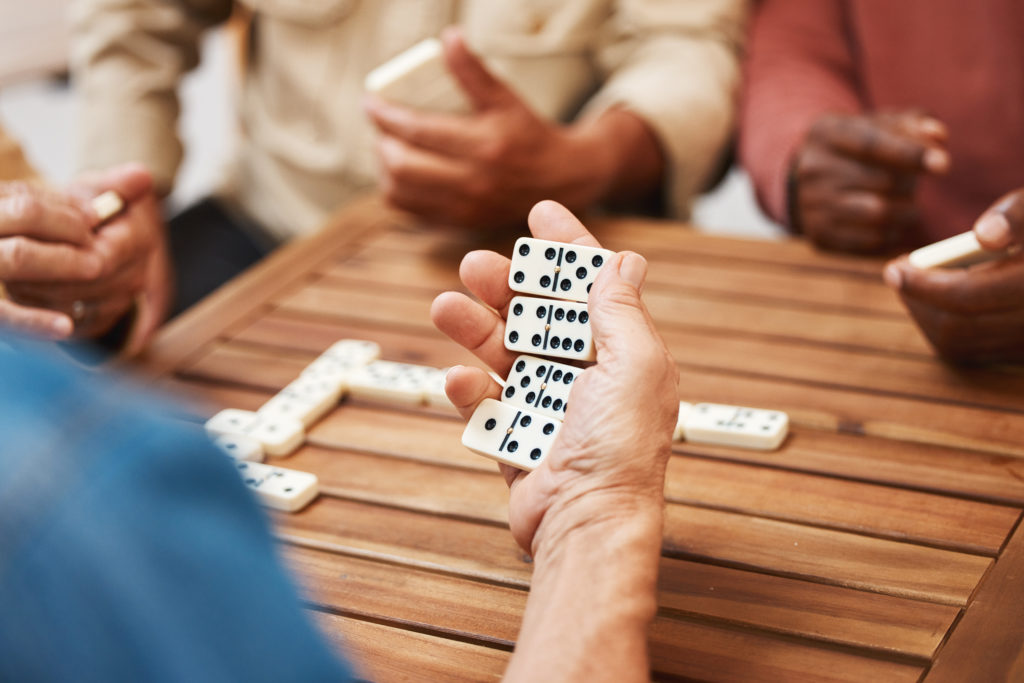
Imagine this: It’s a summer evening, and you’re sitting on a porch with friends. The sun is setting, the drinks are cold, and someone pulls out a set of dominoes. But this isn’t just any domino game—it’s Block Dominoes. The game is simple yet challenging, making it perfect for both casual play and intense competition. Block Dominoes is a classic that has stood the test of time, bringing people together for centuries.
Country of Origin: China
Date of Origin: 12th century
Regions popular in: Worldwide, especially in Europe, North America, and Asia
Family: Tile games
Also Known As: Draw Dominoes, Standard Dominoes
Variants: Draw Dominoes, Mexican Train, All Fives
Game Rules
Objective of the Game
The goal is to be the first player to play all your tiles or to have the lowest number of pips remaining when the game ends.
Number of Players
Block Dominoes can be played by 2 to 4 players, making it ideal for both small and larger groups. The game’s flexibility ensures that everyone can join in on the fun.
Tile Information
The game uses a standard double-six domino set, consisting of 28 tiles. Each tile features two ends with a number of pips ranging from 0 to 6. These tiles are typically made of materials like plastic, wood, or bone, giving them a satisfying heft.
Setup
- Shuffle the tiles face-down on the table to ensure a random distribution.
- Each player draws seven tiles. The remaining tiles are left face-down and are not used in the game.
- Players arrange their tiles in a way that only they can see them, keeping their opponents guessing.
Basic Gameplay
- The player with the highest double places it in the center of the playing area to start the game.
- Players take turns placing tiles that match the number of pips on one end of the domino on the table. For example, if a tile with 5 pips is on the table, the next tile played must have 5 pips on one end.
- If a player cannot make a move, they must pass their turn.
- The game continues until a player runs out of tiles or no one can make a move.
Winning Conditions
A player wins by being the first to play all their tiles or having the fewest pips when the game ends. The winner scores points equal to the total number of pips remaining in the opponents’ hands. In some variations, players may play multiple rounds, with the winner being the first to reach a predetermined score.
Key Terms
- Pips: The dots on the domino tiles. Each end of a tile can have between 0 and 6 pips.
- Double: A tile with the same number of pips on both ends, such as a double six (6-6). Doubles are often played strategically to control the game flow.
- Blank: A tile with no pips, also known as a zero or a white. Blanks can be challenging to play but are essential in completing certain sequences.
Strategy and Tips
Alright, let’s get into the juicy stuff. Winning Block Dominoes isn’t just about luck—it’s a game of strategy. Here are some tips to elevate your game:
- Block Your Opponents: Pay attention to the tiles played and try to predict what your opponents might have. Block them from making moves by playing tiles that limit their options. For instance, if you notice a player favors high-pip tiles, try to control the game with low-pip plays.
- Play Doubles Early: Doubles can be a blessing or a curse. Use them early to avoid getting stuck with high-pip tiles. By playing doubles early, you can also create opportunities to control the game board.
- Keep Your Options Open: Try to play tiles that leave you with multiple options for your next move. This flexibility can be a game-changer, allowing you to adapt to the evolving game state.
- Force Your Opponents to Pass: If you can create a situation where your opponents cannot play a tile, you gain an advantage. Pay attention to the tiles on the table and the tiles in your hand to set up these scenarios.
Historical Background
Dominoes have a rich history, originating in China during the 12th century. The game made its way to Europe in the 18th century, becoming a favorite pastime in countries like Italy and France. Over the centuries, dominoes evolved into various forms, including the popular Block Dominoes. The game’s enduring appeal lies in its blend of strategy, chance, and social interaction.
Block Dominoes, specifically, has its roots in the traditional block games played by Chinese nobles. These early versions of the game were often used for entertainment and social gatherings, serving as a way to build relationships and display strategic acumen. As the game spread to Europe and beyond, it adapted to local cultures and preferences, resulting in the diverse variations we see today.
Popularity and Cultural Impact
Block Dominoes has transcended borders and cultures, becoming a beloved game worldwide. From the bustling streets of Havana to the quiet villages of England, dominoes bring people together. In many communities, playing dominoes is more than just a game—it’s a social ritual, a way to bond, share stories, and create memories.
In places like Cuba, dominoes are played on street corners, with lively discussions and debates often accompanying the games. In the United States, dominoes are a staple at family gatherings, barbecues, and community events. The game’s simplicity and accessibility make it a favorite among people of all ages and backgrounds.
Legends and Funny Stories
Legend has it that the Emperor of China once played a game of dominoes with his advisors to decide the fate of an important political decision. The stakes were high, and the tension palpable. In the end, it wasn’t just about winning the game but demonstrating strategic prowess and wit.
On a lighter note, there’s a story of a group of friends who played dominoes every Friday night. One night, they decided to add a twist—each player had to perform a funny dance whenever they drew a tile from the boneyard. Needless to say, the game turned into a hilarious dance-off, leaving everyone in stitches. The story goes that this tradition spread to other friend groups, turning dominoes nights into unforgettable evenings filled with laughter and unexpected dance moves.
Conclusion
Block Dominoes is more than just a game—it’s a gateway to fun, strategy, and social bonding. Whether you’re a seasoned player or a newbie, there’s always something new to learn and enjoy. So grab a set of tiles, gather your friends, and dive into the exciting world of Block Dominoes. Remember, it’s not just about winning; it’s about the thrill of the game, the laughter, and the memories you create along the way. Game on!
And there you have it—a guide to mastering Block Dominoes, filled with tips, history, and a dash of humor. Ready to challenge your friends and show off your newfound skills? Let’s get those tiles clinking!
